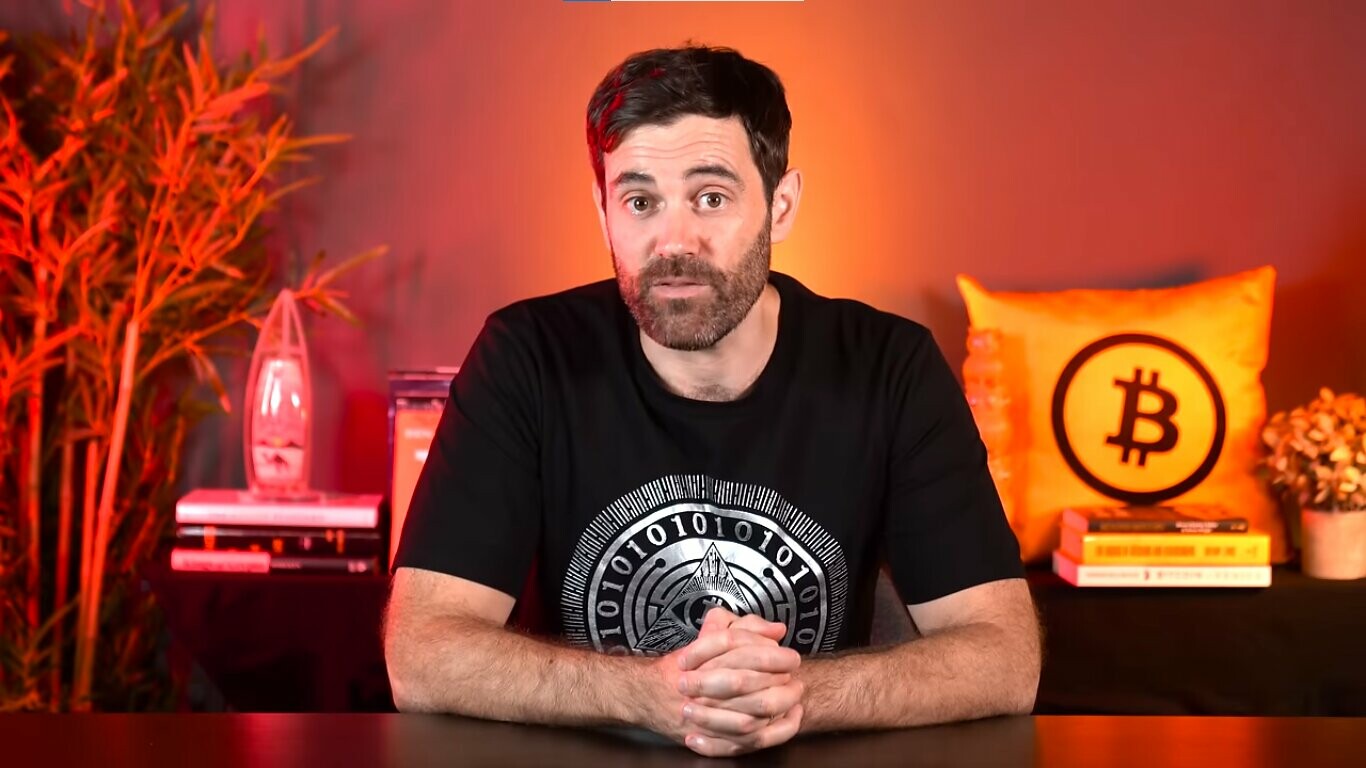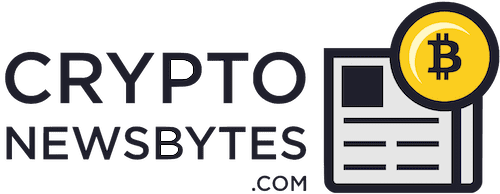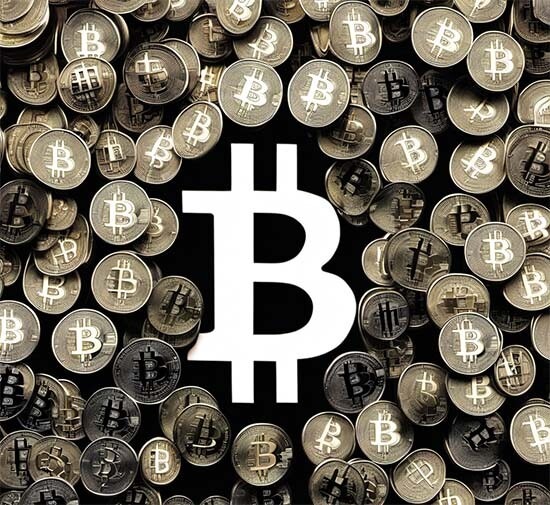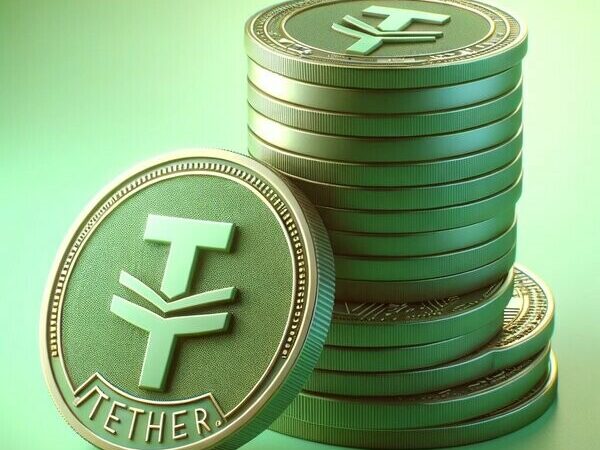- Coin Bureau delves into censorship resistance in Bitcoin, emphasizing its significance and potential threats.
- The concentration of mining power in a few prominent pools raises concerns about collusion and transaction manipulation.
- Censorship resistance extends to exchanges, wallets, and protocol levels, presenting challenges and ethical dilemmas.
In the fast-evolving landscape of Bitcoin, recent events surrounding a major mining pool rejecting transactions from US-sanctioned wallets have thrust the concept of Bitcoin’s censorship resistance into the spotlight. As institutional players like BlackRock intensify their involvement in leading Bitcoin mining companies, the discourse on censorship resistance becomes increasingly crucial. In this comprehensive exploration, we delve into the intricacies of censorship resistance, examining its significance, potential threats, and how BTC holders can fortify this fundamental aspect of the cryptocurrency.
Understanding Censorship Resistance in Crypto
Censorship resistance in the realm of cryptocurrency refers to a coin or token’s capacity to process transactions impartially, adhering strictly to the rules embedded in the blockchain. This implies equal treatment for all transactions and wallets, irrespective of the nature of transactions or the wallet holders. While Bitcoin’s censorship resistance is hailed for its ability to thwart control by authoritative figures, it also raises concerns about enabling unscrupulous activities.
The Dilemma: Balancing Power and Control
The dual nature of Bitcoin’s censorship resistance unfolds a complex narrative. On one hand, it acts as a shield against the interference of those in power, ensuring financial autonomy for the masses. Conversely, it poses challenges in preventing illicit transactions, sparking debates about the ethical implications of an entirely open financial ecosystem.
Unveiling Historical Perspectives
The discourse on censorship resistance predates Bitcoin, gaining momentum in November 2018 when the US Office of Foreign Assets Control (OFAC) sanctioned Bitcoin wallet addresses. This marked a significant moment, as it prohibited US entities from engaging with sanctioned entities. The global reach of OFAC sanctions meant that even overseas Bitcoin miners faced regulatory scrutiny for processing transactions involving these wallets.
The Anatomy of Bitcoin Transactions
To comprehend how censorship resistance operates, it’s essential to grasp the journey of a Bitcoin transaction. When a transaction is initiated, Bitcoin nodes verify its validity by cross-referencing the complete transaction history stored in the blockchain. The transaction then enters the Mempool, a virtual waiting room, awaiting inclusion in a mined Bitcoin block. It is at this juncture that a Bitcoin miner might choose to exclude transactions linked to sanctioned wallet addresses.

Mining Pools and Centralization Concerns
Despite the decentralized ethos of Bitcoin, the reality reveals a concentration of mining power in a few prominent mining pools, with two pools commanding over 50% of Bitcoin’s hash rate. This concentration raises apprehensions about potential collusion and manipulation of transactions, as witnessed when F2 pool censored transactions from OFAC-sanctioned entities.
Layers of Censorship Resistance: Exchanges and Wallets
Beyond mining pools, censorship resistance extends to multiple layers, encompassing exchanges and wallets. Exchanges, being centralized entities, possess the authority to freeze BTC transactions associated with specific wallets, exemplified by incidents during protests in Canada. However, the emphasis on personal crypto wallets is met with caution, as even seemingly secure options like Trezor and Ledger faced controversies surrounding privacy and compliance features.
Protocol Level Challenges: Lightning Network and Mixing Protocols
Zooming in on the protocol level, challenges emerge with layer two protocols like the Lightning Network and mixing protocols such as Coinjoin. The Lightning Network, while enhancing transaction speed, faces criticism for centralization tendencies due to a limited number of dominant payment channels. Additionally, mixing protocols like Coinjoin, designed to enhance transaction privacy, encounter resistance as some implementations choose to abstain from pooling transactions linked to specific activities, raising concerns within the Bitcoin community.
Blockchain Itself: The Final Frontier
The blockchain, considered the bedrock of Bitcoin, introduces the third layer of censorship resistance. Miners’ ability to selectively include transactions in blocks is pivotal, with concerns arising as institutional investors like BlackRock acquire substantial stakes in Bitcoin mining companies. The potential for influence over mining operations to enforce ESG and OFAC compliance raises questions about the sanctity of censorship resistance at the core of Bitcoin.
Hardware: A Potential Achilles Heel
The often-overlooked hardware layer introduces an unsettling reality – over 75% of Bitcoin mining relies on hardware from a single company, Bitmain. As this industry giant contemplates listing on stock exchanges, the specter of institutional influence looms large. Asset managers with vested interests could exert control over Bitmain, potentially embedding compliance measures directly into Bitcoin mining hardware, presenting an unprecedented threat to the censorship resistance of the entire Bitcoin network.
Conclusion
In conclusion, the evolving landscape of Bitcoin’s censorship resistance demands vigilance and proactive measures. While challenges persist at various layers, from mining pools to hardware, the resilient spirit of the Bitcoin community remains a formidable force. Initiatives like non-custodial mining pools exemplify the community’s commitment to preserving the essence of decentralization. As Bitcoin continues to adapt and resist external pressures, the collective efforts of its users will play a pivotal role in safeguarding its censorship resistance for generations to come.
Disclaimer
The information provided in this article is for informational purposes only and should not be considered financial advice. The article does not offer sufficient information to make investment decisions, nor does it constitute an offer, recommendation, or solicitation to buy or sell any financial instrument. The content is opinion of the author and does not reflect any view or suggestion or any kind of advise from CryptoNewsBytes.com. The author declares he does not hold any of the above mentioned tokens or received any incentive from any company.




